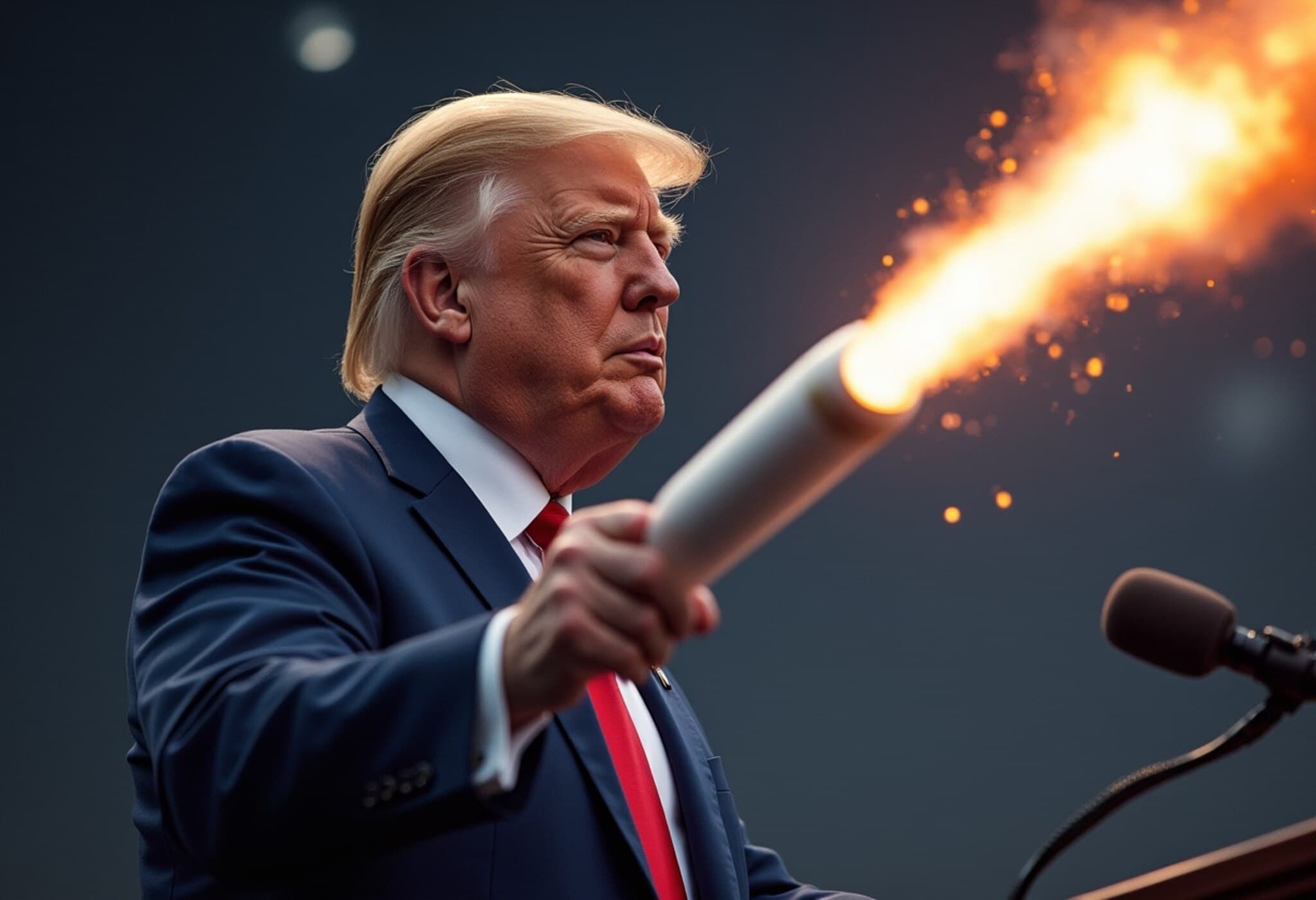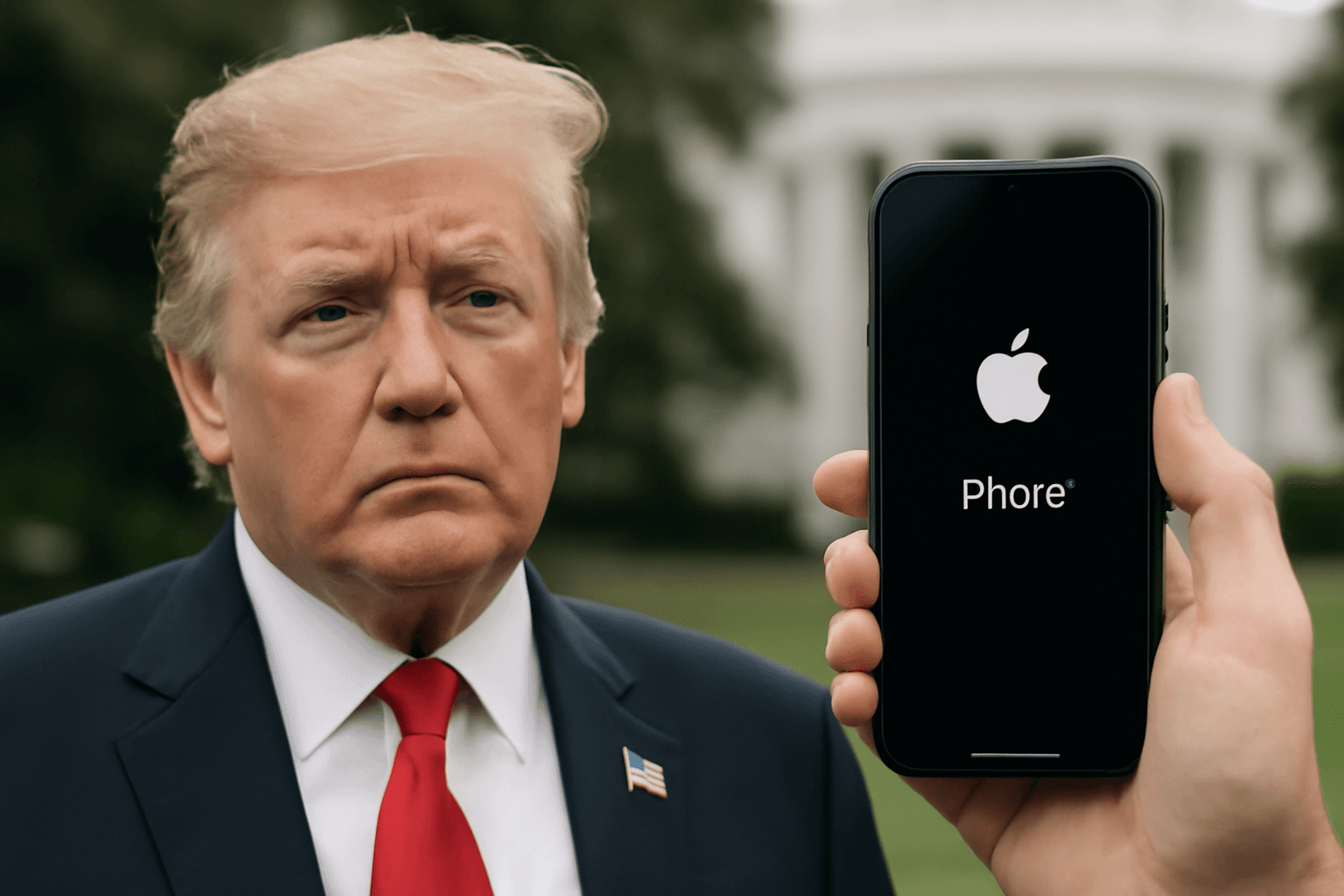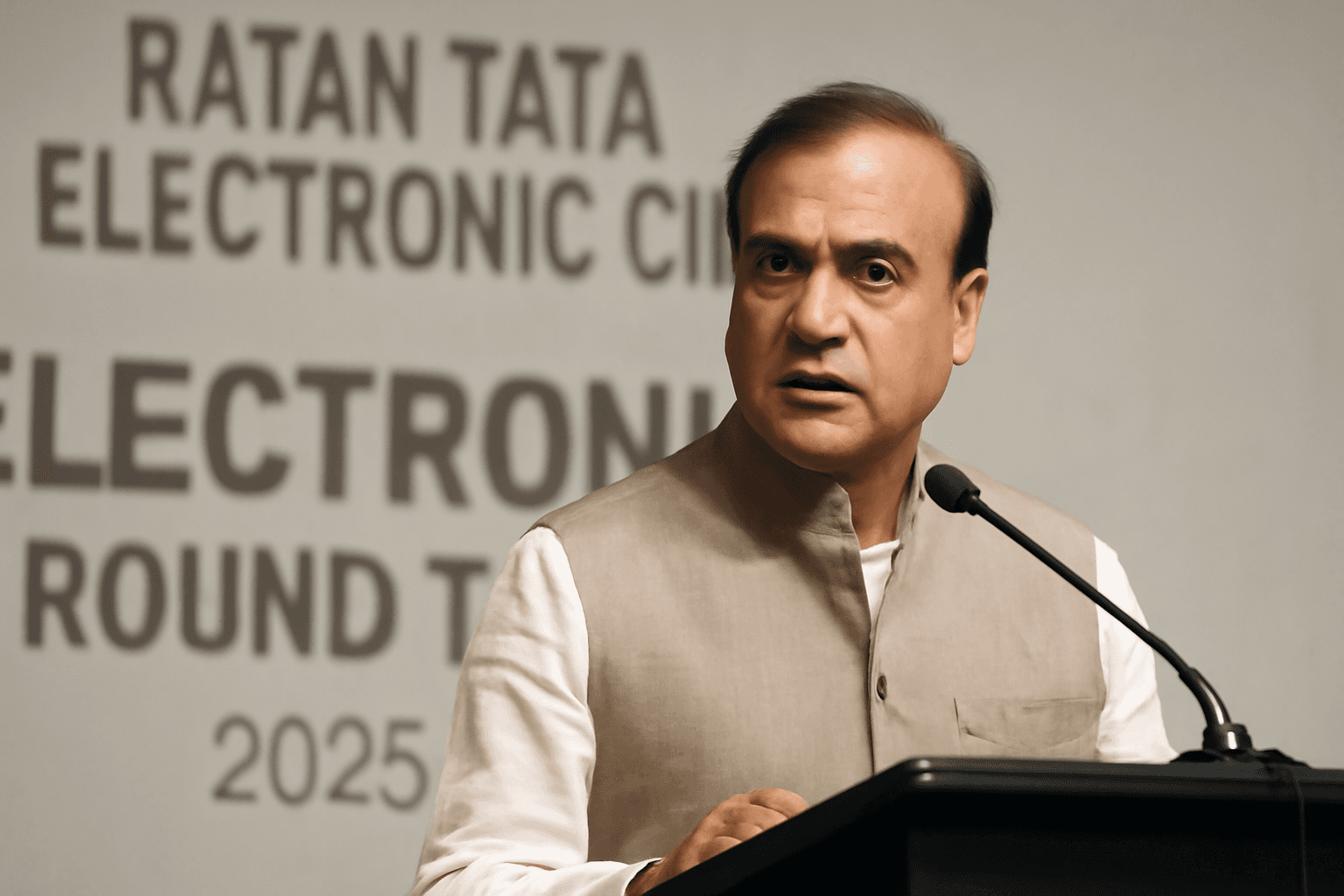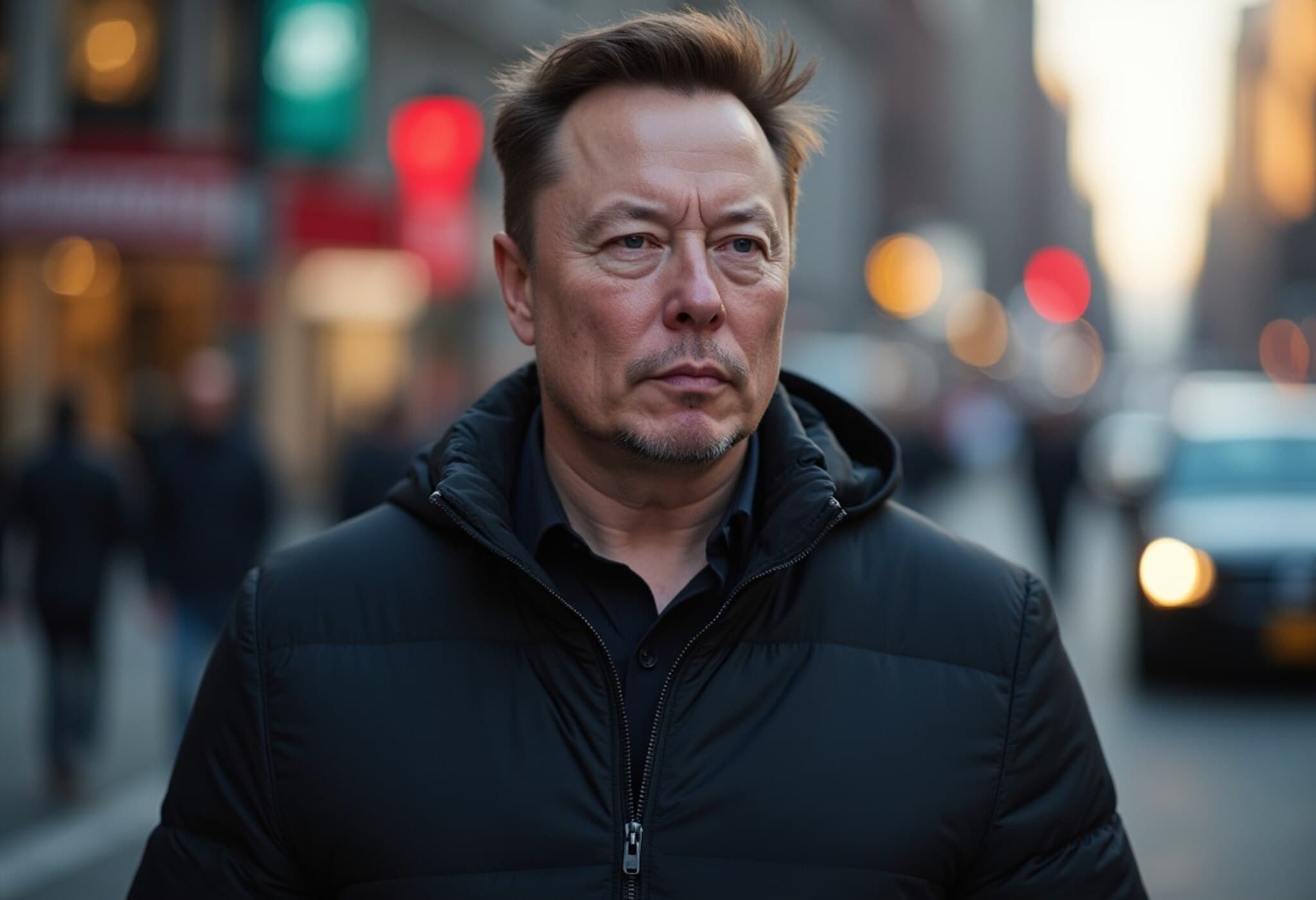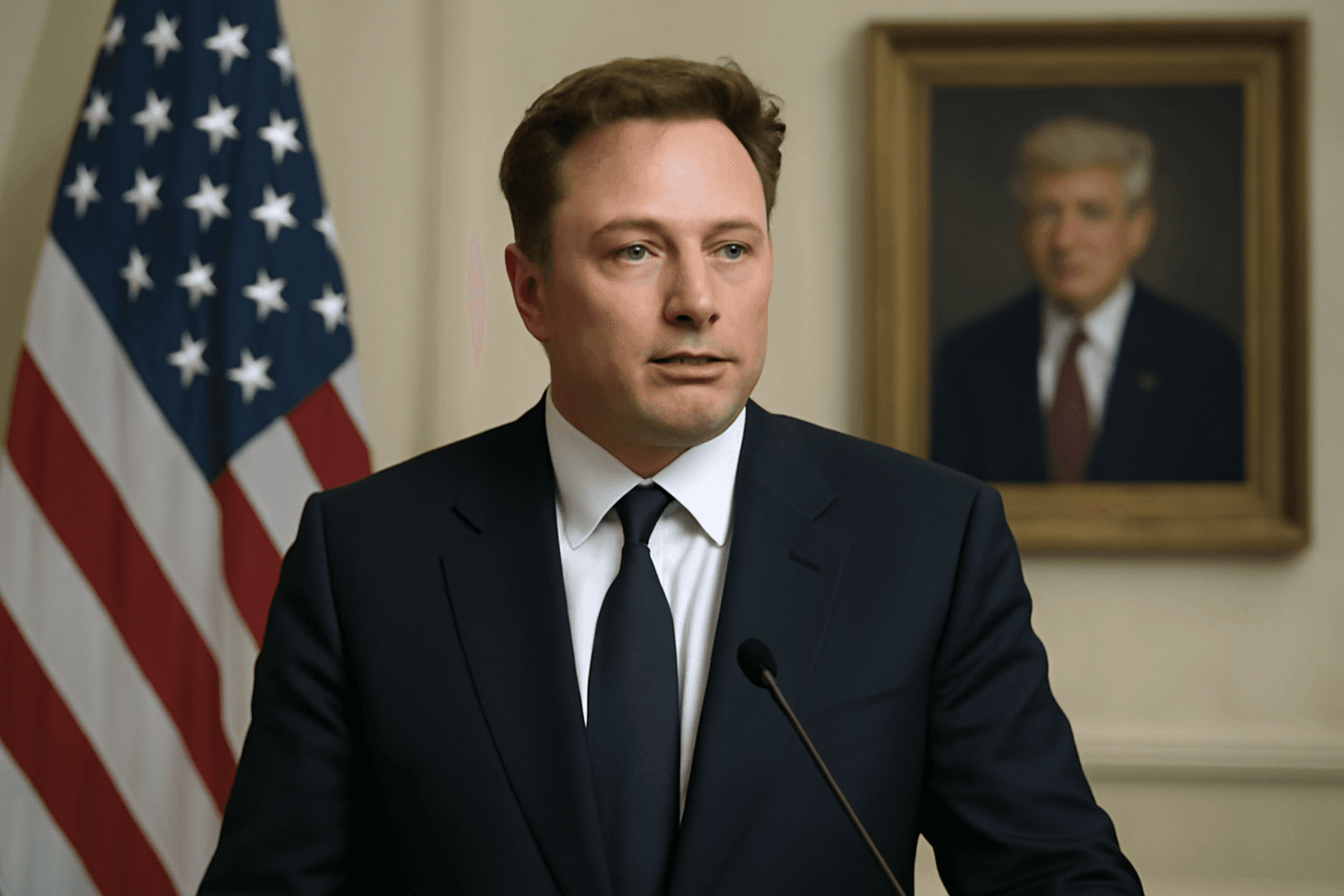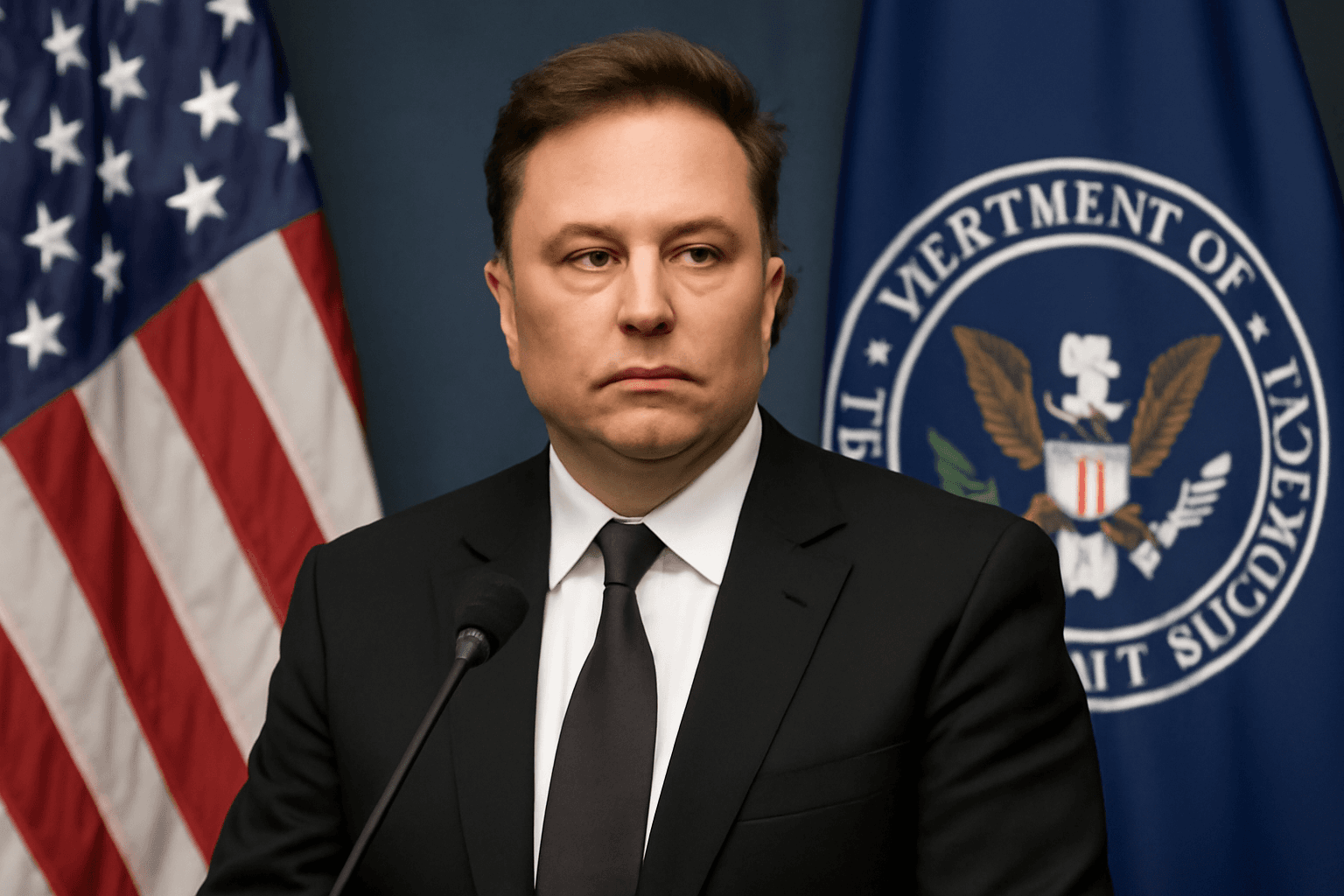Trump Signs Executive Order to Simplify Commercial Rocket Launch Regulations
In a decisive move to accelerate America's commercial space ambitions, US President Donald Trump signed an executive order on August 14, 2025, aimed at reducing federal red tape associated with commercial rocket launches. The directive is geared toward expediting licensing procedures and easing environmental review requirements, potentially offering a significant boost to private aerospace companies like SpaceX and Blue Origin.
Streamlining Regulations to “Make Space Great Again”
The White House announcement captured the spirit of the policy with the slogan: “MAKE SPACE GREAT AGAIN.” On X (formerly Twitter), the official White House account stated that the order “streamlines regulations and fosters a competitive commercial space industry, ensuring the United States maintains its leading role in the commercial use of space.” The directive tasks the US Transportation Secretary with eliminating or fast-tracking environmental reviews conducted by the Federal Aviation Administration (FAA) for launch licenses and removing “outdated, redundant, or overly restrictive rules” concerning launch and reentry vehicles.
Why This Matters: Addressing Industry Frustrations
Elon Musk, the CEO of SpaceX, has publicly expressed frustration over FAA's layered processes, citing environmental impact studies and protracted mishap investigations as impediments to innovation. SpaceX’s Starship rocket, essential both for the company’s ambitions and for NASA's lunar and Martian missions, has experienced delays tied to these regulatory reviews. Earlier this year, the FAA temporarily suspended Starship test flights following consecutive explosions that scattered debris over Caribbean islands, underscoring the tension between rapid technological development and regulatory safety mandates.
Key Beneficiaries: SpaceX and Blue Origin
- SpaceX: Dominating the US launch market through Starlink satellite deployments and contracts with NASA and the Pentagon, SpaceX stands to benefit the most. Faster licensing and reduced bureaucratic hurdles can accelerate testing and launches, critical for maintaining its competitive edge globally.
- Blue Origin: Jeff Bezos' space tourism enterprise may also gain from eased restrictions, helping to scale commercial spaceflight experiences.
Balancing Innovation with Safety and Environmental Concerns
The executive order reflects a broader debate on how governments can foster cutting-edge innovation without compromising public safety or ecological considerations. While accelerated processes encourage investment, critics worry that loosening environmental reviews could overlook important safeguards, especially in sensitive regions affected by launch fallout.
Expert Insight: Implications for the US Space Economy
From a policy perspective, this regulatory shift embodies a strategic move to retain US dominance in an increasingly crowded and competitive commercial space market. By easing bureaucratic constraints, the government signals a commitment to supporting private sector leadership. However, how this balance is managed will be critical to sustaining public trust and long-term viability in space exploration and commercialization.
Looking Ahead
As private firms ramp up aggressive schedules for satellite constellations, crewed missions, and space tourism, streamlined regulatory frameworks could accelerate industry growth and innovation. At the same time, ongoing oversight will be vital to ensure the US continues to lead responsibly, minimizing environmental impacts while pushing the boundaries of space technology.
Editor's Note
This executive order marks a pivotal chapter in America’s commercial space narrative, reflecting a delicate interplay between deregulation and responsible governance. While companies like SpaceX may celebrate faster approvals, stakeholders must remain vigilant about environmental and safety standards. Will this new approach keep the US at the forefront of space innovation without compromising public and ecological interests? Only time will tell.

